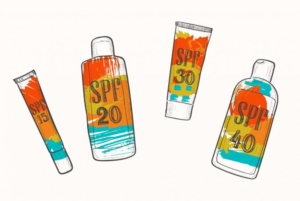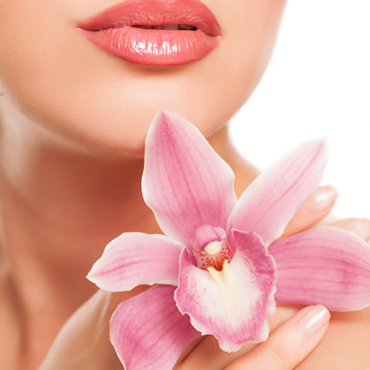 The SPF number tells you how long the sun’s UV radiation would take to redden your skin when using the product exactly as directed versus the amount of time without any sunscreen.
The SPF number tells you how long the sun’s UV radiation would take to redden your skin when using the product exactly as directed versus the amount of time without any sunscreen.
An SPF 30 allows about 3 percent of UVB rays to hit your skin. An SPF of 50 allows about 2 percent of those rays through. That may seem like a small difference until you realize that SPF 30 is allowing 50 percent more UV radiation onto your skin.
Under ideal condition (like in a laboratory), a sunscreen with higher SPF protection and broad-spectrum coverage offers more protection against sunburn, UVA damage and DNA damage that comparable products with lower SPF values.
However, the real life is not a lab. In reality products with very high SPF often create a false sense of security. People who use them tend to stay out in the sun much longer and skip reapplying. They may think that they don’t need to seek shade or wear protective clothing and hat. They end up getting a lot more UV damage. It is extremely important to use sunscreen as directed.
The Skin Cancer Foundation recommends a water-resistant, broad-spectrum sunscreen with SPF 30 of higher for any extended outdoor activity to be used exactly as directed.
For people with history of skin cancer, genetic disease such as albinism or xeroderma pigmentosum or certain immune disorders, SPF 30 may not be enough. I would recommend using SPF 50 or higher and reaplly as directed.

